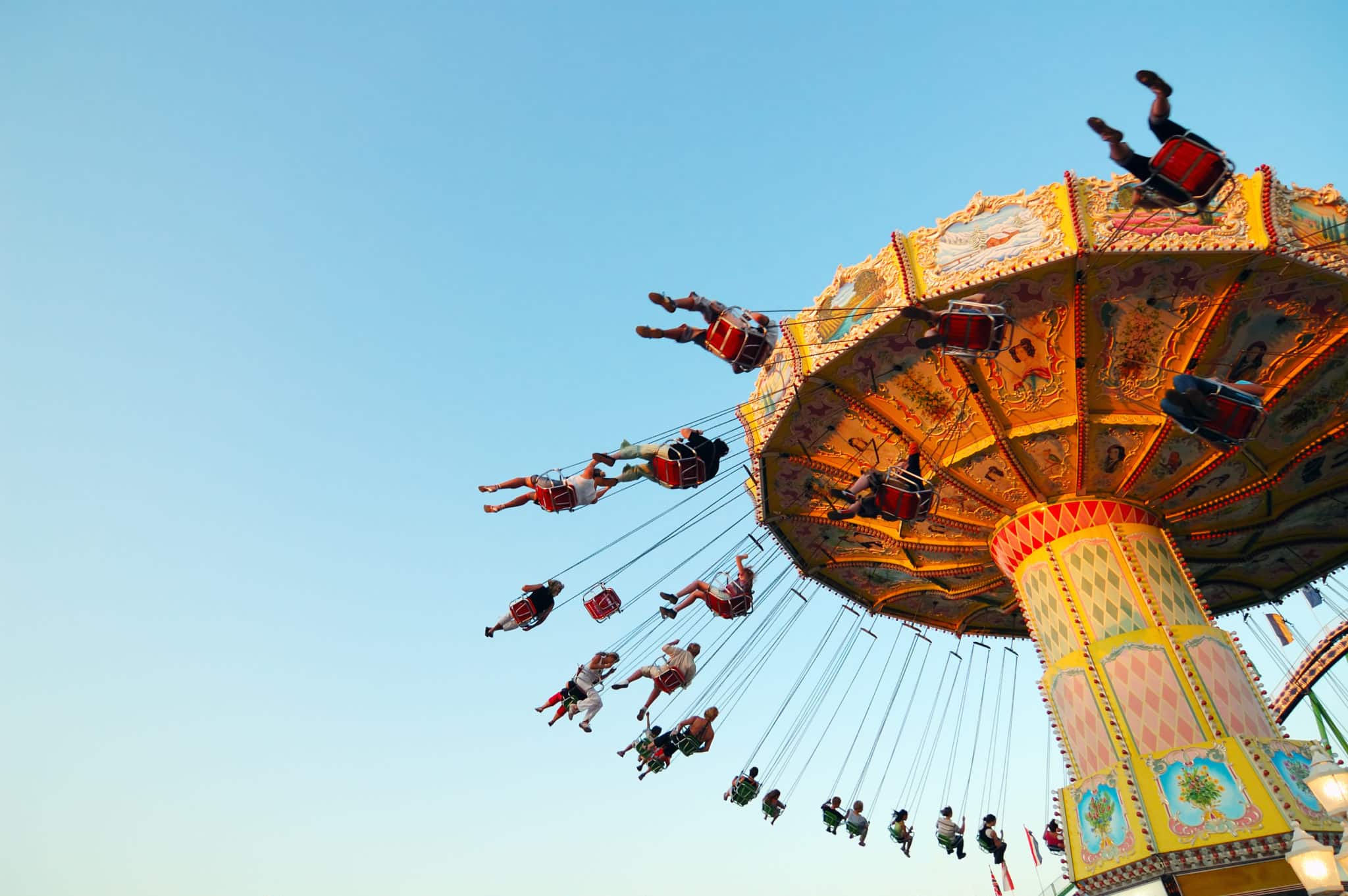
Now that the summer is finally here, many of us intend to visit an amusement park or attend a local fair and carnival. Aside from the fun they offer, the reality is that accidents and injuries do occur in these venues. When they do, different legal remedies are available to individuals who are injured on the rides they offer. The type of claim an injured person has depends on the nature of the accident, as well as the participant’s involvement.
In this blog, I will explore how amusement park injury claims work in Ontario, including common causes, who may be held liable, how waivers and disclaimers apply, and what steps to take if you or a loved one is hurt.
Common Causes of Amusement Park Injuries
Amusement park rides in Ontario are subject to strict safety protocols and regular inspections. However, despite these regulations, accidents still occur. Some of the most common causes include:
- Operator negligence or inattention
- Improper maintenance or inspection of rides
- Defective ride parts or mechanical failures
- Inadequate rider instructions
- Failure to warn of risks or hazards
Understanding Ride Safety Regulation in Ontario
In Ontario, the Technical Standards and Safety Authority (TSSA) is responsible for regulating and inspecting amusement park rides. According to the 2024 TSSA Public Safety Report, no fatalities were reported in Ontario in 2023 in connection with regulated amusement rides. Most injuries reported were minor, with most linked to rider behaviour rather than mechanical failure.
Serious injuries, while rare, do still occur. In those cases, the cause is often linked to issues like equipment malfunction, or operator negligence.
Can You Sue for an Amusement Park Injury in Ontario?
Yes. If your injury resulted from negligence by the park operator, ride manufacturer, or event organizer, you may have grounds for a personal injury claim.
Negligence could involve:
- Failure to inspect or maintain equipment
- Inadequate staff training
- Poor supervision or enforcement of safety protocols
- Use of defective equipment or ride components
Despite the overall positive safety trends, there are real-world examples that highlight what can go wrong. In one 2022 case, a Tilt-A-Whirl ride at a fair in Campbellford malfunctioned, causing a car to detach mid-ride and injuring three people. The operator was fined $30,000 after it was found to have failed to maintain proper inspection documentation.
More recently, in 2024, a teenager reportedly fell from a ride at Canada’s Wonderland. Although in this case, early reports suggested the incident may have involved rider behaviour.
These cases demonstrate that even well-known and heavily regulated parks are not immune to incidents and that the consequences of oversight failure can be significant.
Do Waivers and Disclaimers Protect the Park?
Often, there are disclaimers affixed at the entrance of the park, on the ticket booth, or on the ticket itself. The waiver will note that you are assuming the risks associated with entering and riding the rides. Unless these risks were brought to your attention and acknowledged before you bought the ticket, they are rarely helpful to absolve the venue of responsibility.
Judges know that few patrons read the disclaimers and that they are often vague or too all-encompassing. Regardless, the waivers could potentially provide a full defence and absolve the operator of responsibility. It is, however, questionable whether such a waiver can legally bind a minor (under eighteen).
While attending an amusement park or carnival can provide hours of enjoyment, there are some obvious dangers, especially with the more thrilling rides, and some of the less rigorously maintained carnivals that set up in neighbourhoods. One should always look for warning signs and be wary of any telltale signs of disrepair. If in doubt, do not ride.
How to Prove Liability After a Ride Injury
Proving a claim against an amusement park or the manufacturer of a ride has its challenges. Once an incident has occurred, all the information pertaining to the incident and the alleged negligence must be protected and gathered. If you are injured, it is important to:
- Seek medical attention immediately
- Document what happened (photos, videos, witness statements)
- Report the incident to park officials and request an incident report
- Preserve tickets and receipts
- Contact a personal injury lawyer as soon as possible
Of course, when a ride malfunctions, the ride is usually shut down, and rigorous investigations by both the operator and the government are undertaken. Often, injuries occur without the operator being made aware of them until sometime later. Much of the information required to prove responsibility is thus old or lost. But that does not preclude a lawsuit.
Can You Still Claim If You Were Partially at Fault?
Yes. Even if responsibility is attributed to the amusement park or manufacturer, some contribution can be found on the part of the participant as well. In Ontario, contributory negligence means that even if the injured person shares some responsibility, they can still recover partial compensation equal to the fault percentage of the operator.
If a rider knows that participating in the ride is inherently dangerous, that person can be said to have assumed the risk associated with the activity. When visiting an amusement park, there are certain obvious risks in riding high-speed and thrilling rides. As such, some level of risk will be assumed. Still, assumption of risk is not a complete defence to a lawsuit. If a ride malfunctions, for example, or is found to be improperly maintained, it cannot be said that the rider assumed the risk in that circumstance.
Where a rider does not comply with the rules of the ride, they will likely be considered to have assumed the risk. However, in situations where the injured person can prove that, for example, the ride operator was improperly trained and should not have allowed them on the ride in the first place, this failure to comply will contribute to the venue being responsible.
Hope Starts Here
I hope you have many fun-filled family outings this summer. If you or someone you love has been hurt at an amusement park or fairground, don’t wait to seek legal advice. The success of your claim depends on timely evidence collection and a deep understanding of Ontario’s regulatory framework.
At Howie, Sacks & Henry LLP, we understand how overwhelming an injury can be, especially one that happened during what was supposed to be a fun day out. You may be coping with physical pain, emotional trauma, and financial uncertainty.
Contact us today for a free, no-obligation consultation. Our experienced personal injury lawyers will listen to your story, explain your options, and guide you every step of the way.






